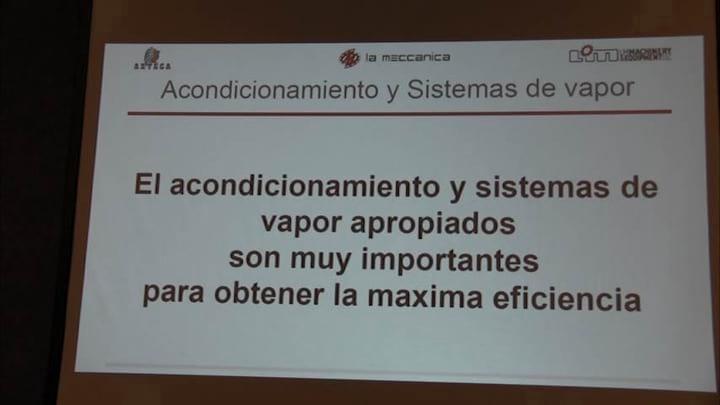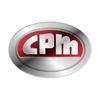Problemas de peletizacion con urea en concentrados bovinos
Hola a todos, buenas tardes. Escribo para consultar por los problemas que sito en asunto.
Hemos hecho pruebas con urea granulada y molida. En matriz de 5 y de 8 y el problema sigue.
El tema es el empaste en la matriz , la lentitud en hacerlo, el salir mucho polvo....
Hay momentos que se puede mantener la temperatura pero luego se desestabiliza, aumenta de golpe y la peleteadora comienza hacer mucha fuerza.
Mi consulta va a : hay alguna urea recomendada ? Se puede sustituir por otra cosa?
Apreciada Alejandra, buenas noches:
Es importante que nos indiques si estas usando vapor ?? a que presión estas usando el vapor ?? Importante conocer como esta diseñada la línea de vapor ...
Si deseas puedes escribirnos para darnos a conocer la formulación que estás usando para poder aportar mas con la ayuda de Dios
Bendiciones
ALEJANDRA QUINTERO: Te recomiendo estudies el siguiente tratado sobre peletizado: The Pelleting Process - CPM
En la página 17 encontrarás lo siguiente sobre peletizado de formulas con urea, y con melaza:
• Urea Feeds Little or no steam should be added to this group of feeds. Urea becomes more soluble as the temperature rises. Steam supplies the heat and moisture to dissolve the urea. When this occurs, the meal is wetter than meal without urea because the urea is acting as a liquid. The hot pellet temperature should be no higher than 150°F. Thin dies (reduce frictional heat) should be used to keep the temperature low. Fat (lubrication) added to the formula will help. Too much steam causes choke-ups as well as severe bin hang-up problems. Normally high pressure steam will be used.
• Molasses Feeds The amount of steam that can be added to this group is directly proportional to the per cent of molasses in the formula. Since molasses is approximately 26% water, the quantity of steam that can be added must be reduced or the meal will become too wet.
This condition will result in choke-ups. Adding live steam into the molasses line will raise the molasses temperature to 200°F. Under these conditions, higher meal temperature can be
achieved without exceeding the maximum moisture level. Normally high pressure steam is used.
Son buenas guías que pueden ayudar a resolver tus problemas. Ojalá y así sea.
Ing. Enrique Macías M.
Nota de engormix
Alimentos con urea: Se debe agregar poco o nada de vapor a este grupo de alimentos. La urea se vuelve más soluble a medida que aumenta la temperatura. El vapor proporciona calor y humedad para disolver la urea. Cuando esto ocurre, la comida es más húmeda que la comida sin urea porque la urea actúa como un líquido. La temperatura del pellet caliente no debe ser superior a 150 °F. Se deben utilizar matrices delgadas (reducen el calor por fricción) para mantener la temperatura baja. La grasa (lubricación) agregada a la fórmula ayudará. Demasiado vapor provoca obstrucciones y problemas graves de atascos en el contenedor. Normalmente se utilizará vapor a alta presión.
Piensos de melaza: La cantidad de vapor que se puede agregar a este grupo es directamente proporcional al porcentaje de melaza en la fórmula. Dado que la melaza tiene aproximadamente un 26% de agua, se debe reducir la cantidad de vapor que se puede agregar o la comida quedará demasiado húmeda. Esta condición resultará en estrangulaciones. Agregar vapor vivo a la línea de melaza aumentará la temperatura de la melaza a 200 °F. En estas condiciones, se puede alcanzar una temperatura más alta de la comida sin exceder el nivel máximo de humedad. Normalmente se utiliza vapor a alta presión.


Acondicionamiento y sistemas de vapor: Luis Manuel Campos
Un gusto
Revisa adición de grasa y/o melaza a nivel de mezclador, eso podría ayudarte un poco para aglutinar y mejora el comportamiento de la mezcla por la matriz, importante que compresión estas usando.
Adicionalmente es importante conocer la humedad de la mezcla en salida del acondicionador y la temperatura de la misma.
Sin mas, quedo a la orden en cualquier consulta.










